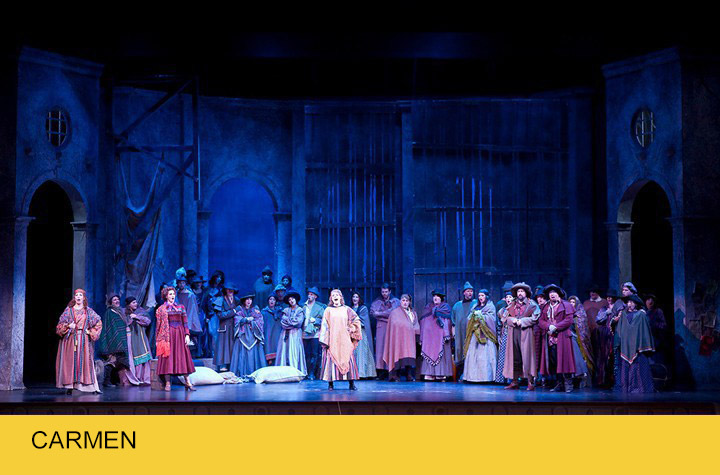

…not to mention the whirling Chanson Bohème, Don José’s heart-wrenching Flower Song (a favourite tenor aria) and the high-energy Prélude, which brings some of these themes together!īut as well as cracking sing-along melodies, Carmen is also known for vividly painting the emotions of the characters in the music. – Toreador Song or ‘Votre toast’, a real crowd pleaser as Escamillo describes fame and victory in the ring, and the Chorus join in. – The Seguidilla or ‘Près des remparts de Séville’, in which Carmen sings about a night of passion with an unknown lover, seducing Don José. However, his habanera turned out to be based not on a genuine folk melody as he had believed, but a much more recent cabaret song! Bizet wanted the score to have an authentic Spanish flavour. The habanera was a dance brought back to Spain from Cuba, characterised by a repeated dotted rhythm. – The Habanera or ‘L’amour est un oiseau rebelle’ (Love Is a Rebellious Bird), Carmen’s sultry entrance aria. While she and the other dancers (played by the ladies of the Chorus) perform sexy cigarette and gypsy-inspired numbers, in their dressing room hide the gritty realities of life – including the children they work to support.Ĭarmen longs to show Don José the real ‘her’, but is he smitten with Carmen the woman, or just ‘Carmencita’ the act? And can there be an escape from this life for her – with him, with the glamorous Escamillo (here a rodeo star), or is she fated to die?Ĭarmen features some of the most famous music in all opera. Set in a burlesque club run by Lillas Pastia (played by performance artist Nando Messias), Carmen is the star attraction – but her ‘femme fatale’ image is merely a performance to please the men who frequent the bar. This new production by director Edward Dick (of our Tosca, 2018) turns the idea of Carmen – an opera by a man, based on a book by a man, about the downfall of a man – on its head, to look at the story from the point of view of a woman struggling to survive in a toxic, male-dominated environment.


 0 kommentar(er)
0 kommentar(er)
